Daniel Höller
Generating Instructions at Different Levels of Abstraction
Oct 08, 2020
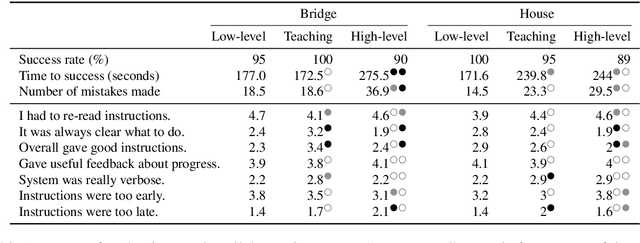

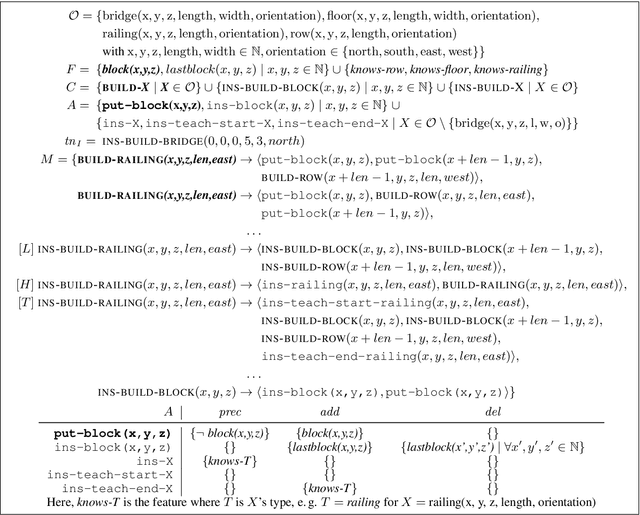
Abstract:When generating technical instructions, it is often convenient to describe complex objects in the world at different levels of abstraction. A novice user might need an object explained piece by piece, while for an expert, talking about the complex object (e.g. a wall or railing) directly may be more succinct and efficient. We show how to generate building instructions at different levels of abstraction in Minecraft. We introduce the use of hierarchical planning to this end, a method from AI planning which can capture the structure of complex objects neatly. A crowdsourcing evaluation shows that the choice of abstraction level matters to users, and that an abstraction strategy which balances low-level and high-level object descriptions compares favorably to ones which don't.
Tracking the Race Between Deep Reinforcement Learning and Imitation Learning -- Extended Version
Aug 03, 2020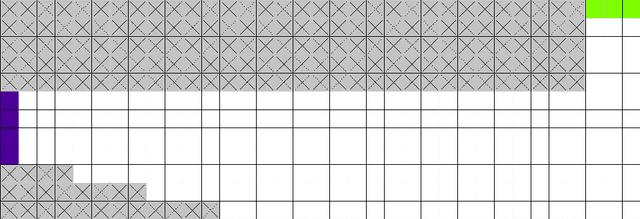
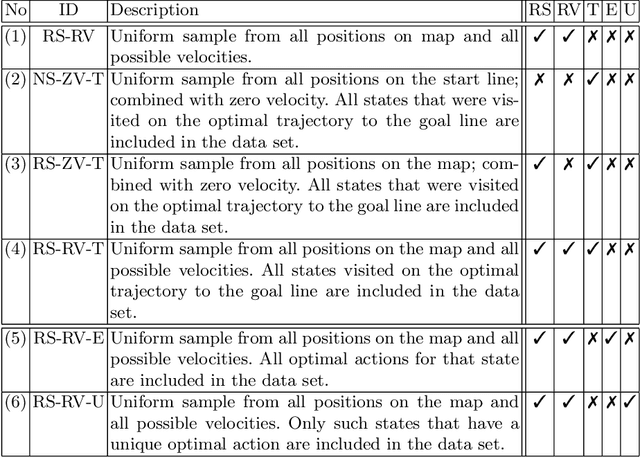
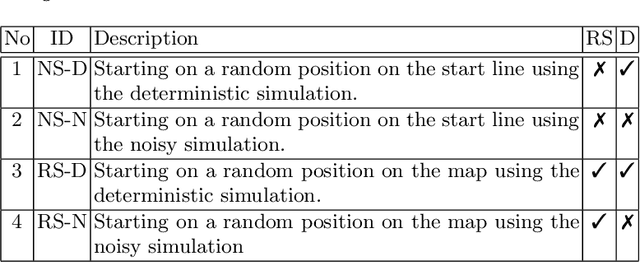
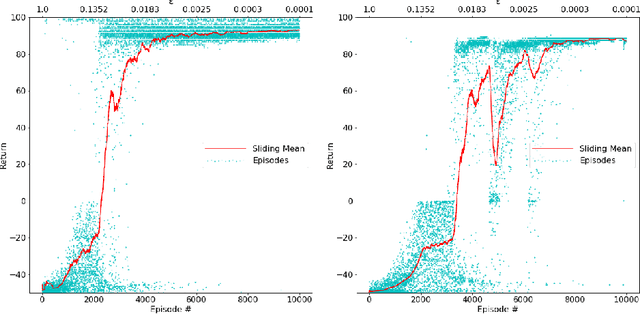
Abstract:Learning-based approaches for solving large sequential decision making problems have become popular in recent years. The resulting agents perform differently and their characteristics depend on those of the underlying learning approach. Here, we consider a benchmark planning problem from the reinforcement learning domain, the Racetrack, to investigate the properties of agents derived from different deep (reinforcement) learning approaches. We compare the performance of deep supervised learning, in particular imitation learning, to reinforcement learning for the Racetrack model. We find that imitation learning yields agents that follow more risky paths. In contrast, the decisions of deep reinforcement learning are more foresighted, i.e., avoid states in which fatal decisions are more likely. Our evaluations show that for this sequential decision making problem, deep reinforcement learning performs best in many aspects even though for imitation learning optimal decisions are considered.
 Add to Chrome
Add to Chrome Add to Firefox
Add to Firefox Add to Edge
Add to Edge